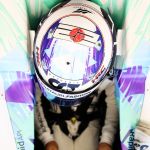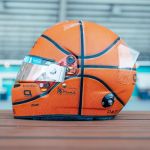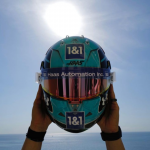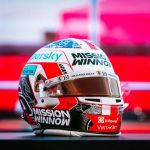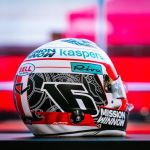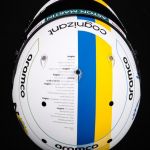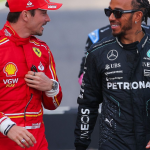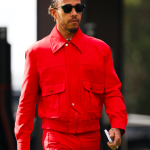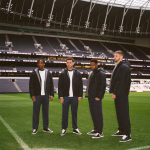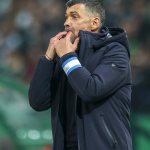
The helmet is becoming the creative space of Formula 1
The communicative function of the helmet and some of the most emblematic examples
June 24th, 2022
In the modern era, sport has increasingly expanded its boundaries to touch even the artistic and creative spheres, in the need to convey certain messages, be they advertising, tribute or even political-social. A trend that involves more and more areas, exploiting every possible space to characterize and personalize the moment of competition.
In Formula 1, the element in which this expressive freedom is channeled is undoubtedly the helmet worn by the drivers. For quite some time now, the protective and distinctive function of the riders performed by the helmet has been added to that of capturing their creativity off the track. Given the increasingly out of control trend of repeatedly making more or less substantial changes to their helmets – despite the regulation providing clear indications to the contrary – starting from 2020 the FIA (International Automobile Federation) has opened to an unconditional possibility of customizing them.
The livery of the helmet can be used for many different purposes. Rich in meaning, for example, are the tributes payed by Pierre Gasly to his friend Antoine Hubert and to the legend Ayrton Senna, who tragically died on the track, in occasion of the 2020 editions of the Belgian and Emilia-Romagna GPs respectively. Furthermore, the helmet can become a symbol of particularly sensitive socio-political contents, such as the one worn by former world champion Sebastian Vettel in support of peace in Ukraine, on which the yellow and blue flag stands out next to the text of John's "Imagine" Lennon on the top, while a dove and the words "No War" on the sides.
But there's even more: since Formula 1 has already opened its gates to the universe of art, what better canvas than the drivers' helmets to bring art on the track and in the paddock? Among the many examples available, the newest and most characteristic are those of Monaco and Miami. In the glamorous and historic Monte Carlo Grand Prix, Lewis Hamilton – the most glamorous of drivers – wore a helmet made by contemporary American artist Daniel Arsham, hand painted to appear as similar as possible to a sculpture with quartz, selenium and amethyst crystals (the English favorite stone). The sculpture will then be sold at auction and the entire proceeds will flow into the coffers of Mission 44, the charity headed by Hamilton. In the same venue, the helmets exhibited by Charles Leclerc and Valteri Bottas were undoubtedly peculiar, respectively with a clean design that recalls the colors of the Principality (Leclerc's homeland) and inspired by the casino, one of the symbols of Monte Carlo. On the occasion of the Miami Grand Prix, on the other hand, the "mural" themed artistic wave hit the whole paddock, leading to collaborations between various teams and some of the most famous street artists on the scene, in particular, Gasly and Tsunoda (the two Alpha Tauri drivers) have worked with Remote to create two customized helmets, also to be sold at auction once the race is over and in digital version as NFTs too.
Basically, for Formula 1 drivers the helmet livery is the main tool of communication and creative expression, which by now more and more frequently has been able to charm spectators with its designs and excite them with content full of meaning.







